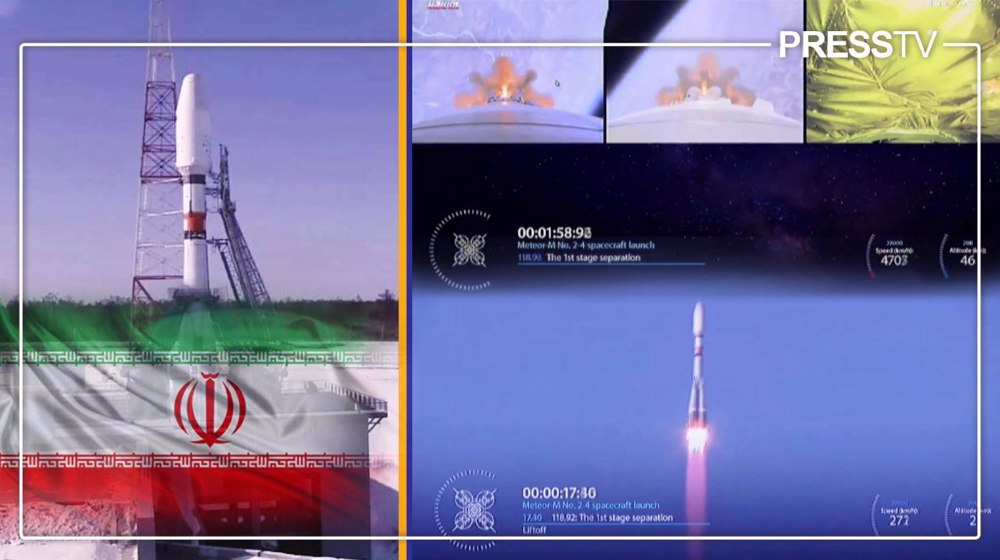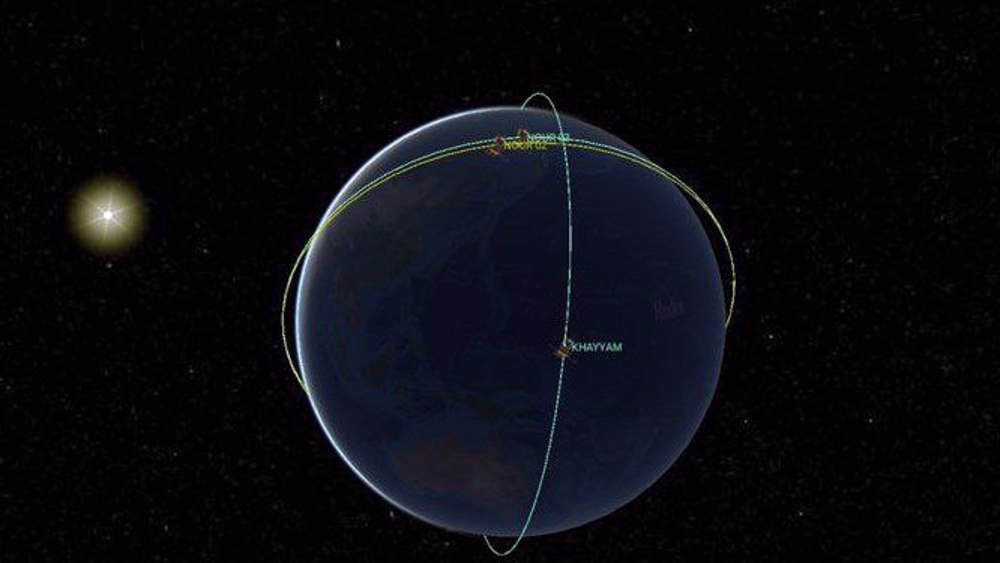NASA to unseal untouched Moon samples of Apollo for 1st time in 50 years
NASA says it has assigned nine technical teams to study several untouched samples from the Moon’s soil and rock layers which were brought back to the Earth by three Apollo missions to our nearest celestial body nearly 50 years ago.
According to a statement published on the US space agency’s official website on Monday, four teams from NASA, and five teams from University of Arizona, University of California Berkeley, US Naval Research Laboratory, University of New Mexico and Mount Holyoke College/Planetary Science Institute were tasked with the scientific testing.
The teams have been awarded a combined budget of $8 million to conduct their scientific analysis on three lunar samples, carefully stored and never exposed to the Earth’s atmosphere for the past half century, in an attempt to further deepen our understanding of the Earth’s sole natural satellite.
NASA said the samples had been brought back to the Earth by the Apollo 15, 16 and 17 manned missions, respectively carried out in July 1971, April 1972 and December 1972.
“By studying these precious lunar samples for the first time, a new generation of scientists will help advance our understanding of our lunar neighbor and prepare for the next era of exploration of the Moon and beyond,” said Thomas Zurbuchen, Associate Administrator for NASA’s Science Mission Directorate in Washington, DC.
“This exploration will bring with it new and unique samples into the best labs right here on Earth,” he added.
According to the statement, six of the nine teams will analyze a sample, containing 800 grams of lunar rock layers still encased in a “drive tube”, which was delivered to the Earth by astronauts Harrison Schmitt and Gene Cernan during the Apollo 17 mission.
“That core preserves not just the rocks themselves but also the stratigraphy from below the surface so today’s scientists can, in a laboratory, study the rock layers exactly as they existed on the Moon,” it said.

The remaining three teams have been tasked with analyzing two specially-curated samples left over from the Apollo 15 and 16 missions that have been frozen or stored in helium since they arrived on the Earth.
“Returned samples are an investment in the future. These samples were deliberately saved so we can take advantage of today’s more advanced and sophisticated technology to answer questions we didn’t know we needed to ask,” said Lori Glaze, acting director of NASA’s Planetary Science Division in Washington, DC.
All the lunar samples the US space agency collected during the Apollo missions were extracted from a few places on the Moon.
However, through the use of remote sensing data NASA confirmed that the Moon is a complex geologic body, and that orbital studies of the lunar surface show types of rocks and minerals that are not present in the Apollo sample collection.
NASA also said that the samples would not be opened right away as the teams first have to discuss on the best way to open them in an attempt to avoid contaminating them and maximize the science to be gained.
The teams are expected to study how exactly water is stored in the highly-irradiated rock on the lunar surface in an experiment that was commenced half a century ago. They will also investigate space weathering, the geologic history of the Apollo 17 landing site, and past volcanic activity on the Earth’s moon.
On July 20, 1969 NASA’s Apollo 11 became the first manned-spaceflight ever to land humans on the Moon. Some six hours later, on July 21, the American astronaut Neil Armstrong stepped on the lunar surface from the Apollo Lunar Module (LM) and became the first human to step on the lunar surface, followed by Buzz Aldrin, some 20 minutes later.
The two pioneers collected 21.5 kilograms of lunar material as their invaluable souvenir from the alien world, while the third astronaut, Michael Collins, was busy piloting the Command Module Columbia alone in lunar orbit.
Their successful mission was followed by five similar ones, all carried out by NASA, between 1969 and 1972, with Apollo 17 became the last of the series amid the heyday of the space race between the US and Russia.
Russians won the first stages of the space exploration when they sent Sputnik, the first artificial Earth satellite, into an elliptical low Earth orbit on October 4, 1957, another landmark achievement, but lost the game when their biggest rival, the US, launched the first manned mission to the Moon.
Palestinians across Gaza Strip caught in grip of 'man-made famine’: UNRWA
UK, Italy call on Israel to refrain from escalating tensions in region
VIDEO | Toronto activists block Canada-US rail line in support of Gaza
FM: Iran informed US of retaliatory strikes against Israel
VIDEO | Press TV's news headlines
VIDEO | London demonstration calls for UK to stop exporting arms to Israel
US secretly pressing countries into nixing Palestinian statehood: Cables
VIDEO | Israel impregnability perished













 This makes it easy to access the Press TV website
This makes it easy to access the Press TV website